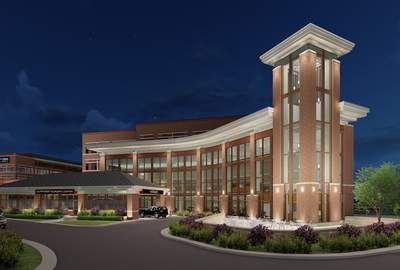At Froedtert South we are revolutionizing how surgeries are performed. Our exceptionally skilled and highly trained surgeons in a wide range of specialties – general surgery, cardiothoracic, women’s health, and urology – are all leading the way in the use of advanced surgical robots. Recently we asked five of our surgeons to reflect on how robotic assisted surgery is helping them deliver the excellent results patients expect, with less pain and faster recoveries.
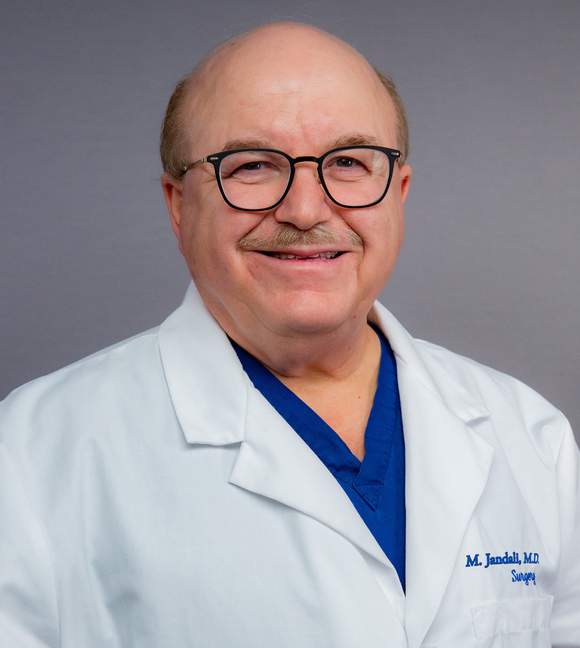
Majed Jandali, M.D. | General Surgeon
The leading edge for general surgery
Since 2015 I have performed approximately 2,700 general surgeries using one of our three surgical robots. I am among the 25 busiest robotic assisted general surgeons in the country using the state-of-the-art da Vinci Xi surgical robots.
Most of my surgeries are to the abdominal cavity for hernia repair, colon cancer or polyps, rectal cancer, and gall bladder surgeries. I also perform many bariatric surgeries to reduce the size of a patient’s stomach, promoting weight loss.
The surgical robot is a machine that the surgeon must know how to operate. I always tell my patients it is not a machine that I program and let it perform the surgery. I always operate it. The surgical robot is not performing any surgery on its own.
I consistently see the tremendous benefits of robotic assisted surgery for my patients. With robotic assisted bowel surgery, the patient can leave the hospital in a couple of days, compared to four or five days for traditional open bowel surgery. Patients also experience less pain.
I can tackle more difficult and complex medical problems, because the surgical robot allows me to extend deeper into a patient’s abdominal cavity. I can even operate on morbidly obese patients who need surgery.
Froedtert South is very committed to robotic assisted surgery. We are one of just five surgical centers in Wisconsin with three or more surgical robots. Our robotic assisted surgical center is one of just 30 nationwide that brings general surgeons from across the country to observe us perform robotic assisted surgeries. We also go to their locations to help them develop their robotic assisted surgery programs.
Froedtert South is on the leading edge of this advanced technology to improve the quality of patient care.
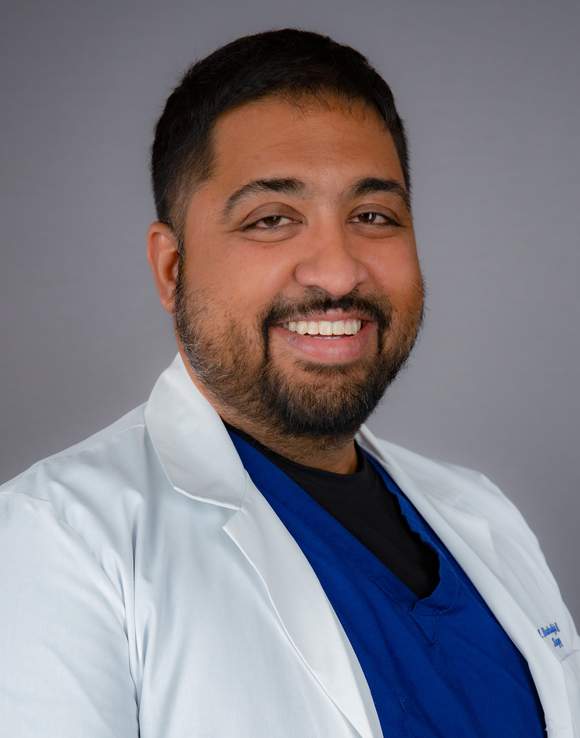
Mustafa Badrudduja, M.D. | General Surgeon
“How can you perform general surgery without pain?”
Dr. Jandali and I started performing robotic assisted general surgeries within a few months of one another. When we started we had just one surgical robot. Now that we have three surgical robots we can perform surgeries any time, day or night, seven days a week. That is unique. Most hospitals cannot do that, because their one surgical robot is totally booked. Also, our entire surgical staff is trained to assist with robotic assisted surgeries, so they are ready, willing, and able at all times.
Robotic assisted surgery offers patients all the benefits of minimally invasive surgery: small incisions, less pain, faster recovery, plus some added advantages. For example: more options for performing colon resections – surgery to remove a part of the large intestine and reconnect the healthy ends. In some cases, we can perform that procedure without making an incision. It is taking minimally invasive surgeries to a whole new level.
I had a patient recently who was ready to go home the next day ask me, “How can you perform surgery without pain?” That really struck me. I see patients smiling the next day, who have minimal or no pain, and are up and able to move around.
There have been steady, incremental improvements in robotic assisted surgery for some time. What we see now are instruments that are smaller and more precise. For example: the instrument we use to cut tissue first cauterizes the area to prevent bleeding, making the process much faster.
Froedtert South’s commitment to robotic assisted surgery is 100 percent. We have made the investments to provide breakthrough care to patients. It is proof of how we are really looking out for the community.
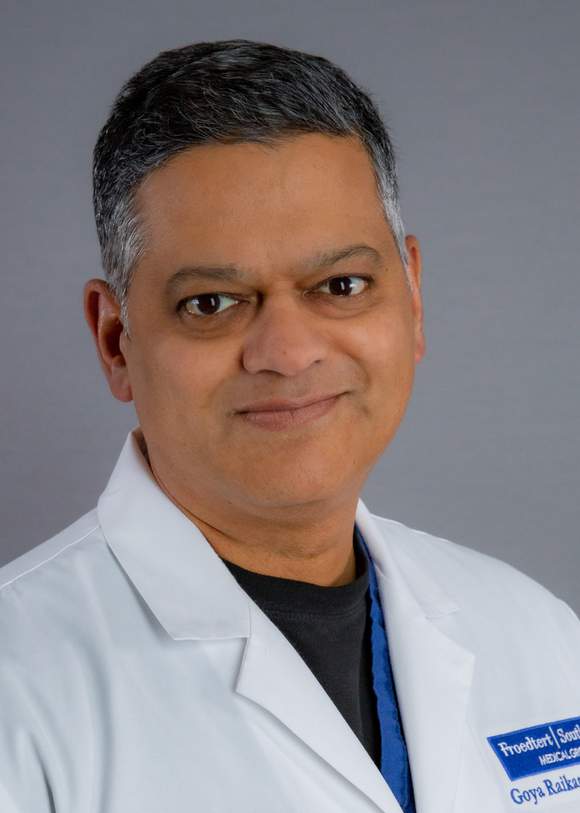
Goya Raikar, M.D. | Cardiothoracic Surgeon
Taking the “open” out of open-heart surgery
I have been performing robotic assisted heart surgeries for 17 years, which is most of my career as a surgeon. Most of the robotic assisted operations I perform are for cardiac issues such as valve repair or coronary bypass. We are the only program performing robotic assisted heart surgeries in Wisconsin.
Robotic assisted heart surgery takes the “open” out of open-heart surgery. It gets people back to their full physical activities in a shorter time.
It also allows me to perform hybrid approaches that combine the strengths of our interventional cardiologists in the catheterization lab with our robotic assisted surgery techniques. For example: transcatheter valve replacement – or TAVR – performed via a catheter in combination with robotic assisted techniques. The result for patients is a hospital stay of three days instead of two weeks. These hybrid approaches will be where we see innovations happening over the next few years.
There is no doubt that robotic assisted surgery results in far less pain for our patients, who rarely need to take narcotic pain relievers after they go home. Within a week they are just taking over-the-counter pain relievers. That is a night-and-day difference from traditional open surgery.
Some of our older patients, who might not be able to withstand open heart surgery and the long recovery, are the happiest after robotic assisted surgery. It is great that we can give them that option.
Froedtert South’s commitment to robotic assisted surgery is one of the main reasons I chose to practice medicine here. Because of the volume of robotic assisted surgeries we perform, we have a lot of expertise. Recently, a patient checked out of a hospital in Chicago and drove up to Kenosha to see us because of the reputation we have earned in the region. That is happening more often.
We are blessed to have a facility that supports this leading-edge technology. It is such a privilege to serve our neighbors and friends and whoever else needs our expertise.
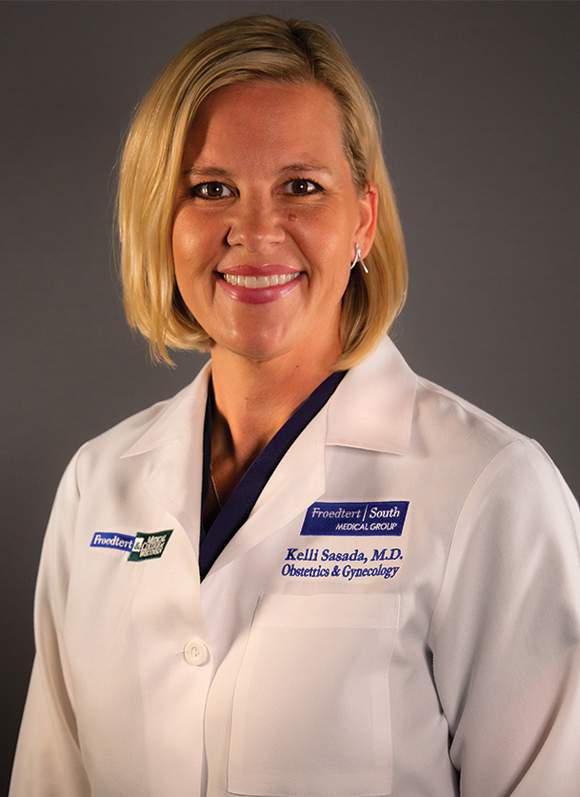
Kelli Sasada, M.D. | Obstetrician/Gynecologist
Not your mother’s hysterectomy
I started performing robotic assisted surgeries during my medical training more than ten years ago.
The volume of robotic assisted surgeries we perform is important. The more surgeries performed, the more fluid the performance of the surgical team. Some institutions have just a couple of surgeons performing a few operations here and there. Our advanced surgical robots are working every day. We have a dedicated surgical team, and our surgeons continue to train to make sure we are staying up to date with new techniques and advances.
I perform robotic assisted surgeries for a variety of women’s health issues, but most are hysterectomies. I tell patients this is not your mother’s hysterectomy – the operation that left a big, vertical, zipper incision, and required the patient to lie in bed for six weeks. With robotic assisted surgery, there are tiny incisions, less risk for infection, post-surgery complications, or blood clots, and patients get back to their lives faster.
The image I see when I am performing robotic assisted surgery is three-dimensional, high definition, and magnified 10 to 20 times. It is an amazing picture. There are also a lot of new tools on the surgical robots that enable us to do different procedures that we cannot do in traditional surgeries. One is called firefly technology that enables me to see things that are not easily visible with the naked eye, such as areas where there is bleeding, or a patient’s ureters – the tubes that carry urine from the kidneys to the bladder. That can reduce complications for patients.
With the surgical robot I have the full range with the instruments, as if I were holding them in my hands. That gives me an enhanced ability, for example, to suture tissues together. The surgical robot has a lot of integrated instruments that allow us to perform better surgeries in less time. The less time a patient spends in surgery, the better.
Women now have higher expectations of painless surgery and an immediate return to their normal activities. Robotic assisted surgery is making it possible for us to deliver on those expectations better than ever before.
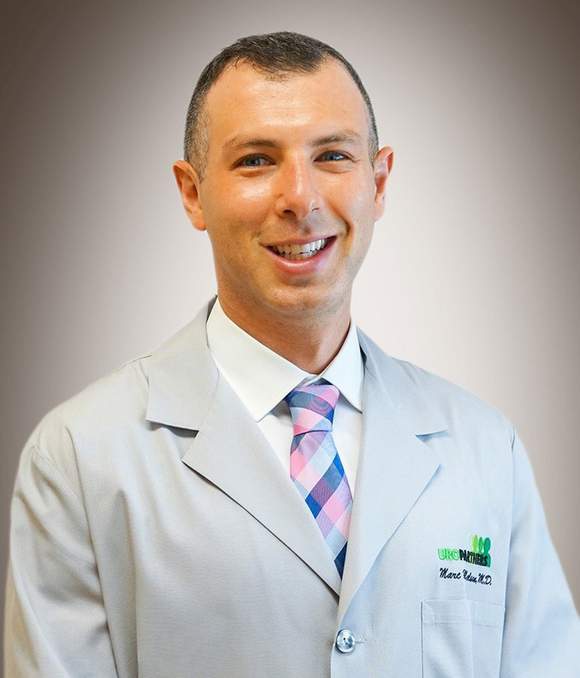
Marc Nelson, M.D. | Urologist
A total commitment to robotic assisted urologic surgery
Robotic assisted surgery was one of the main reasons that I chose to make urology my specialty. As someone who is extremely interested in both technology and minimally invasive surgery, it really appealed to me.
I perform robotic assisted surgeries for cancers of the kidneys and bladder, as well as of the prostate and adrenal glands. In terms of non-cancer cases, I perform robotic assisted surgeries for upper tract reconstructions and for prostate glands that are extremely enlarged. I am performing more robotic assisted surgeries than the average urologist in a community setting such as ours.
About 90 percent of the cancer operations that I perform are with the surgical robot. It has been shown to decrease pain, blood loss, and length of hospital stay for urologic surgeries.
Patients are thankful for robotic assisted surgery. When they are up and walking the same day, and home the next day, they really appreciate the benefits.
With three robots at Froedtert South, the wait time to schedule robotic assisted surgery is much shorter than at the other hospitals where I practice. The staff training is tremendous.
When I need additional devices to assist with robotic assisted surgeries, Froedtert South is quick to acquire the technology I need. For example: when I needed some specialized parts for the surgical robot to perform certain surgeries for small kidney tumors, Froedtert South was more than enthusiastic to get them quickly.
From my perspective as a urologist who practices at several hospitals, Froedtert South is among the most committed to excellence in robotic assisted surgery.
All things considered…
At Froedtert South robotic assisted surgery is just another of the ways in which we demonstrate every hour of every day our rock-solid commitment to providing the people in our communities with breakthrough care that improves the quality of their lives. To learn more, visit www.froedtertsouth.com
